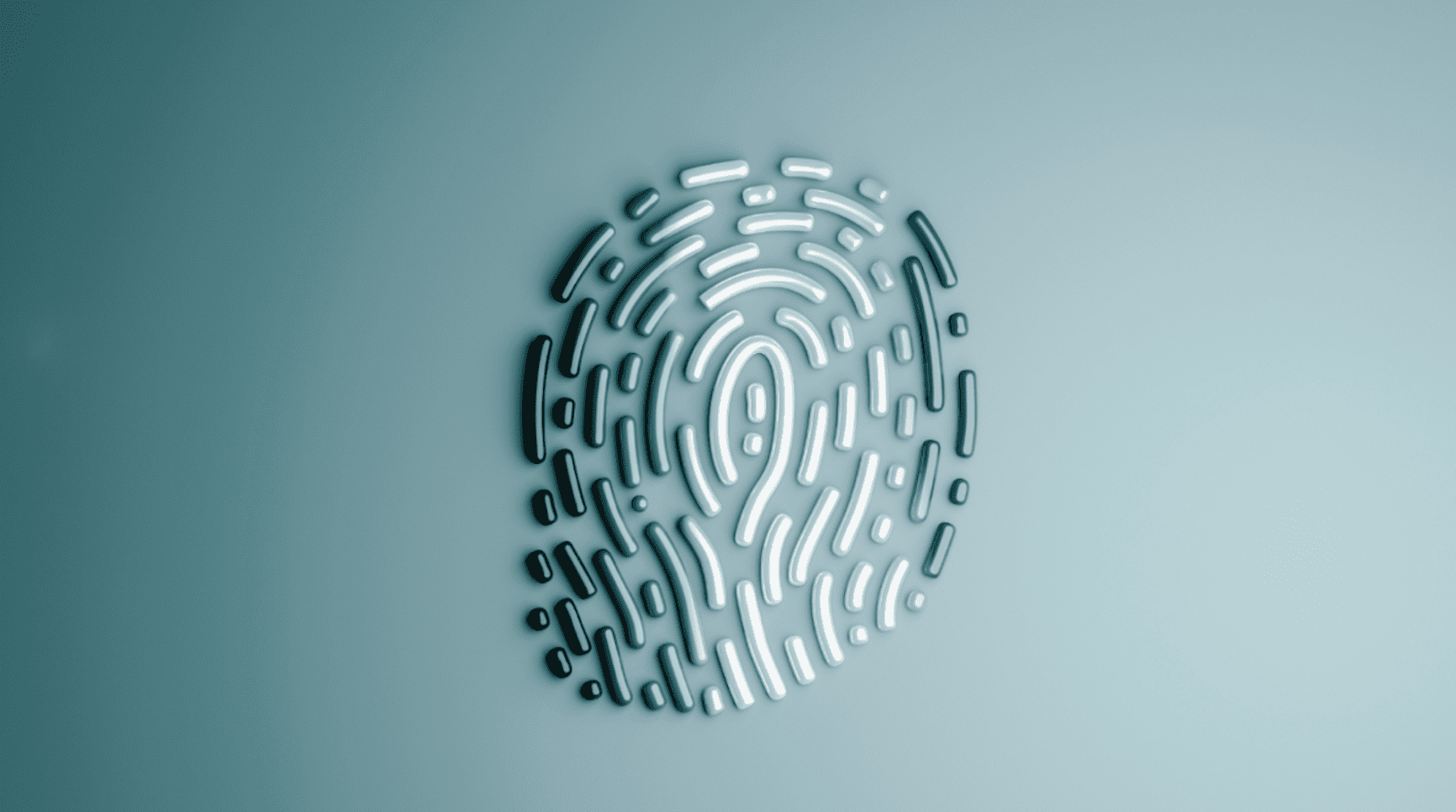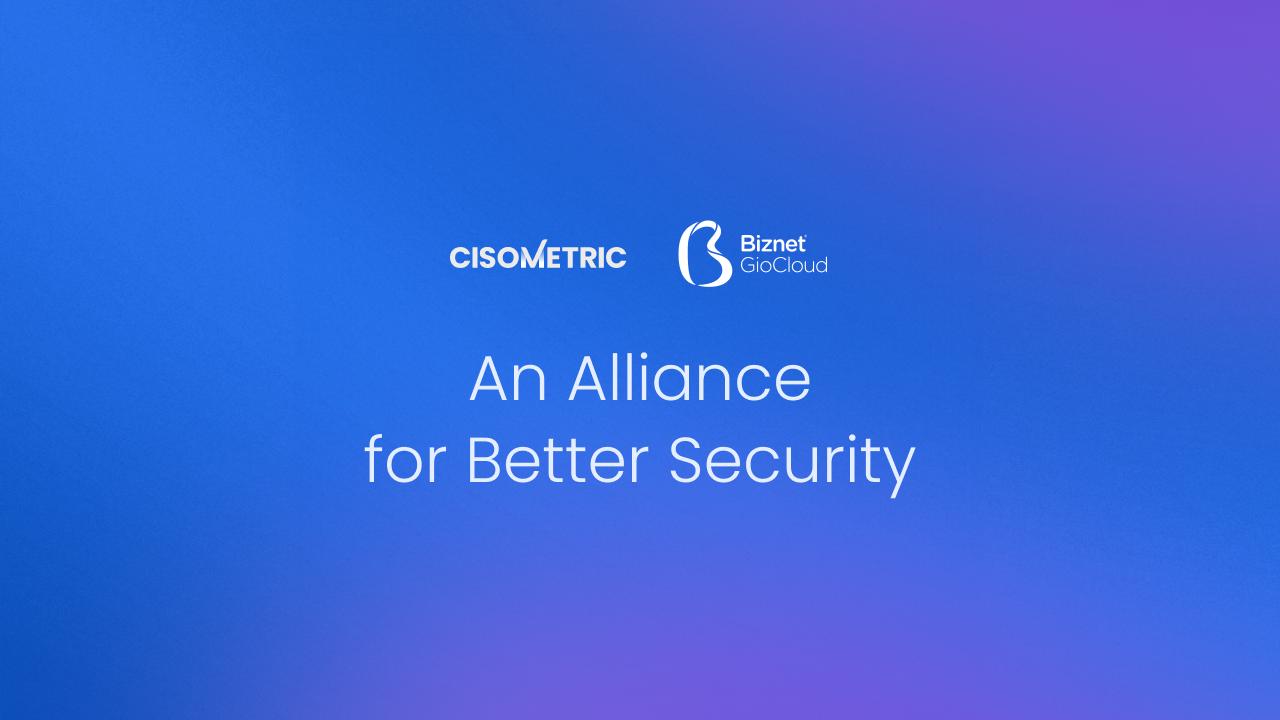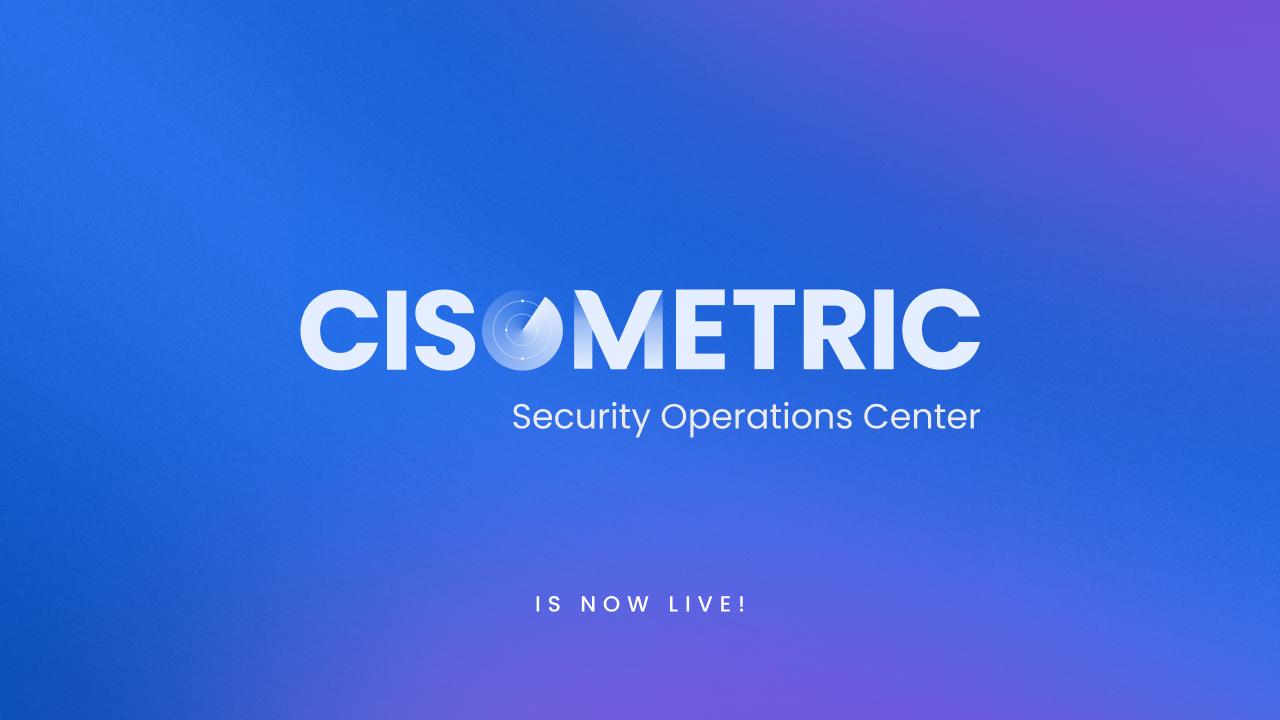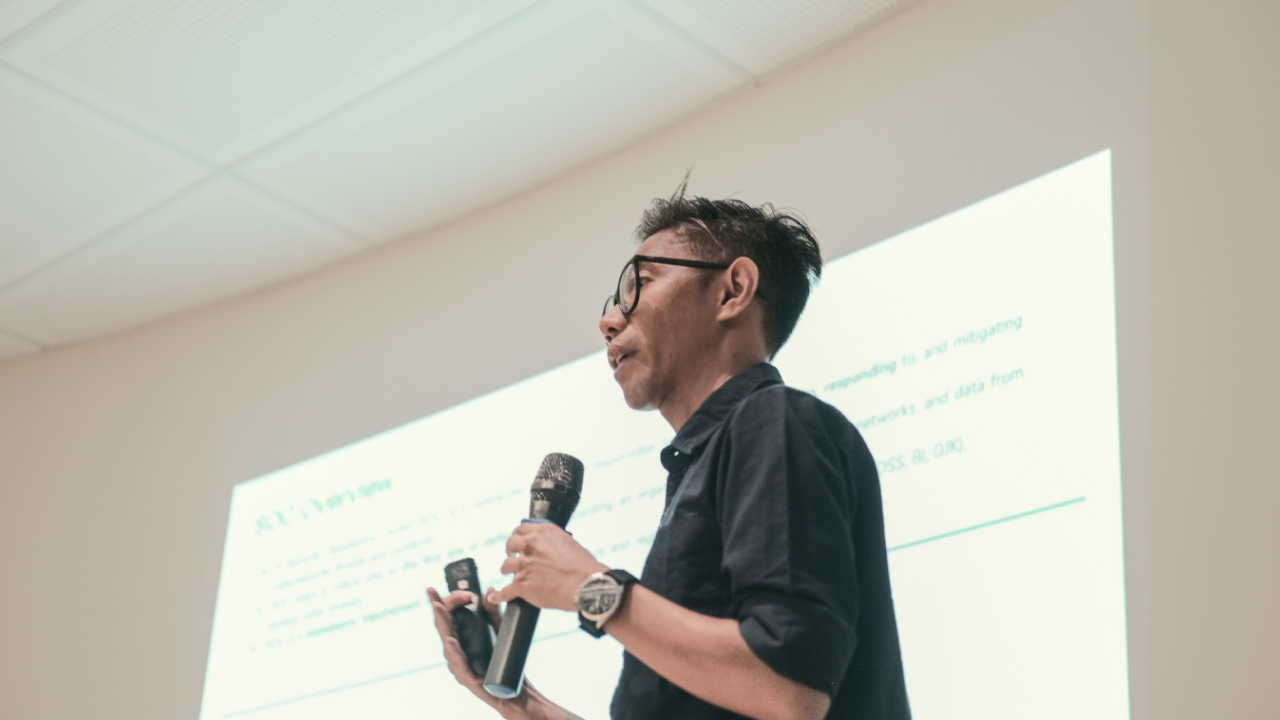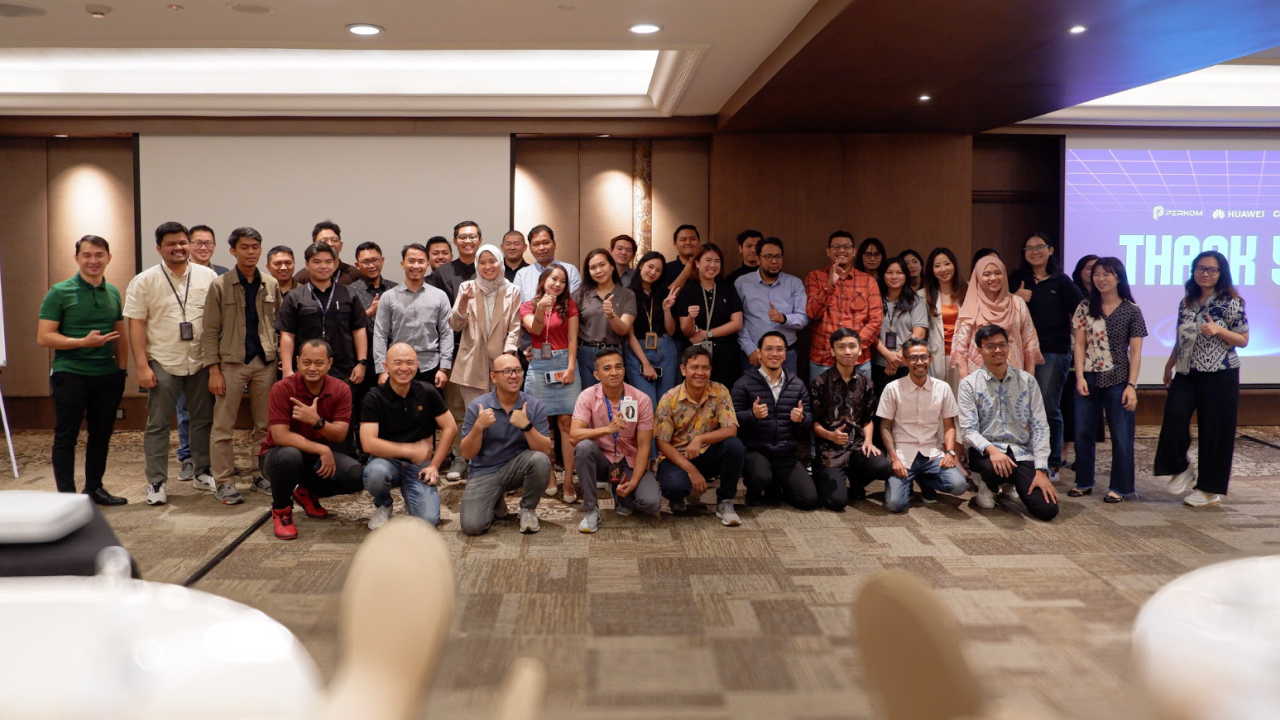By Patricia A. Pramono • Studio 1080, Published on September 03, 2024
TABLE OF CONTENTS
- What is Forensic Investigation in Cybersecurity?
- The Importance of Forensic Investigation in Cybersecurity, Especially Post-Incident
- How a Skilled Forensics Team Can Help Organizations Understand Breaches Better and Implement Stronger Defenses
- Conclusion: Strengthening Cybersecurity Through Forensic Investigation
Are you truly prepared for the moment when your defenses fall?
Even with the most advanced security in place, an attack can still happen. But this isn’t a failure of your defenses—it’s a reality of today’s digital age. The real question is: when that moment comes, how prepared are you to turn the situation around? Forensic investigation is the strategic edge that works hand-in-hand with our Security Operations Center (SOC), revealing hidden details of the attack, uncovering vulnerabilities, and helping you stay ahead of future threats. It’s not just about surviving an attack—it’s about emerging stronger.
Also read: Our Security Operations Center is Now Live
What is Forensic Investigation in Cybersecurity?
Forensic investigation in cybersecurity involves the methodical examination and analysis of digital evidence to understand the who, what, when, where, and how of a cyber-attack. Digital forensics, as described by IBM, focuses on gathering digital evidence to investigate cyberthreats and identify the culprits behind attacks. This evidence can then be used for regulatory audits, insurance claims, or even in court cases. In this case, it is then paired with incident response to streamline the process of addressing cyberattacks while preserving crucial evidence.
The forensic process typically includes data collection from affected systems and devices, an examination of this data for signs of cybercriminal activity, an in-depth analysis of the attack methods, and a final report. These steps help not only in addressing the immediate incident but also in identifying the vulnerabilities that led to the attack in the first place.
The Importance of Forensic Investigation in Cybersecurity, Especially Post-Incident
When a cyber-attack occurs, forensic investigation provides answers to essential questions such as: How did the breach happen? What systems were compromised? What data was exposed? Without these answers, vulnerabilities may remain exploitable. Forensic investigations reconstruct the incident by examining digital evidence, such as malware files or suspicious activity logs, and identifying the root cause of the breach.
Post-incident forensic analysis helps organizations improve their security posture by pinpointing weaknesses and providing insights into how future attacks can be prevented. It underscores the importance of integrating forensics with incident response to ensure that evidence is preserved even in the midst of mitigating the threat. This integration allows forensic experts to collect digital evidence without delaying incident containment or threat eradication, resulting in a more thorough understanding of the attack and more effective prevention strategies.
How a Skilled Forensics Team Can Help Organizations Understand Breaches Better and Implement Stronger Defenses
At our Security Operations Center (SOC), our Forensics Team and Computer Security Incident Response Team (CSIRT) work hand-in-hand to provide a comprehensive approach to cybersecurity incidents. Their key roles encompass Incident Analysis, Response, and Mitigation, Forensic Investigation, and Reporting and Documentation, each of which plays a critical part in helping organizations not only recover from attacks but also fortify their defenses for the future.
-
Incident Analysis, Response, and Mitigation: When a breach occurs, the first step is a rapid response to contain and mitigate the threat. The forensics team at Cisometric quickly assesses the incident, identifying the scope of the breach and taking immediate steps to prevent further damage.
-
Forensic Investigation: The core of the forensics team's role is in investigating the breach itself. By meticulously gathering and analyzing evidence, they reconstruct the attack timeline, uncover the attackers’ methods, and pinpoint vulnerabilities. This step provides critical insights that help organizations not only resolve the current incident but also anticipate and prevent future threats.
-
Reporting and Documentation: Following the investigation, the forensics team generates comprehensive reports that detail the findings of the incident analysis and investigation. These reports serve multiple purposes: they help inform future security strategies, support regulatory and compliance requirements, and can be used in legal contexts if needed. Documentation is crucial to ensuring transparency and accountability throughout the response and recovery process.
Together, these roles allow Cisometric to deliver a full-degree response to cyber incidents through the use of our next-generation SOC. The Forensics Team has made us focus not just on the immediate response—but also to look at the bigger picture, ensuring that organizations are better equipped to handle future threats while maintaining compliance and legal preparedness.
Conclusion: Strengthening Cybersecurity Through Forensic Investigation
With the non-stop evolving cyber threats, simply having strong defenses is no longer enough. What defines true resilience is the ability to not only respond effectively to an attack but also to learn from it, fortify against future threats, and emerge stronger. Forensic investigation plays a pivotal role in this process, offering organizations deep insights into how an attack unfolded, who was responsible, and where vulnerabilities lie.
At Cisometric, we believe that cybersecurity isn’t just about reacting to incidents—it’s about transforming each incident into an opportunity for growth. Our SOC, with its dedicated Forensics and CSIRT teams, ensures that every breach is thoroughly analyzed, that evidence is preserved, and that actionable insights are derived to enhance your organization’s security posture. Through forensic investigation, we help you turn the tables on attackers, not only surviving breaches but using them as stepping stones toward greater resilience.
In an unpredictable digital landscape, forensic investigation is the key to staying one step ahead. It’s not just about preventing the next attack; it’s about making sure you’re ready to face any threat and come out on top.
Also read: Staying Ahead of Threats with 24/7 SOC Proactive Monitoring
From Alert to Resolution: Inside the Incident Response Lifecycle of Cisometric's Managed SOC Service
References:
What is digital forensics and incident response (DFIR)?
What is Forensics in Cyber Security?

